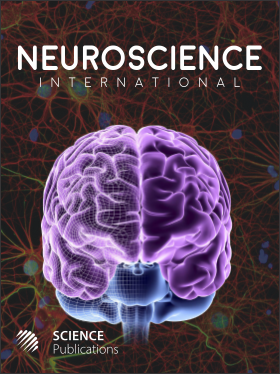Potential Effects of Adropin in Subarachnoid Hemorrhage
- 1 Department of Neurosurgery, University of Florida, United States
- 2 College of Medicine, University of Florida, United States
Abstract
Subarachnoid Hemorrhage (SAH) typically, occurs in patients over 55 years of age and can cause a significant loss of productivity. SAH also has a high mortality rate and those who survive often suffer from early and secondary brain injuries that can result from the condition. By gaining a better understanding of the pathophysiology of SAH, it may be possible to identify therapeutic agents to improve outcomes. Adropin is a novel peptide that is primarily secreted in the liver and brain. Research has shown that adropin can activate endothelial NO synthase through post-transcriptional mechanisms. Studies in animal models have demonstrated that therapies using synthetic adropin peptide or adropin overexpression can have positive effects on reducing infarct dimensions and enhancing neurological functioning. In this review, we aim to discuss the potential effect of Adropin on SAH and its potential as a therapeutic agent.
DOI: https://doi.org/10.3844/amjnsp.2023.12.19

- 2,003 Views
- 1,103 Downloads
- 8 Citations
Download
Keywords
- Adropin
- Subarachnoid Hemorrhage
- Intervention
- Proposed Mechanisms
